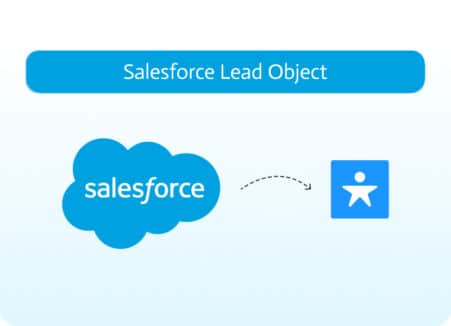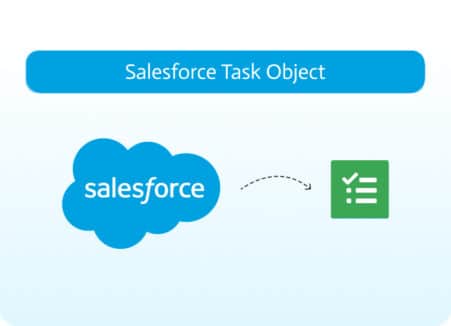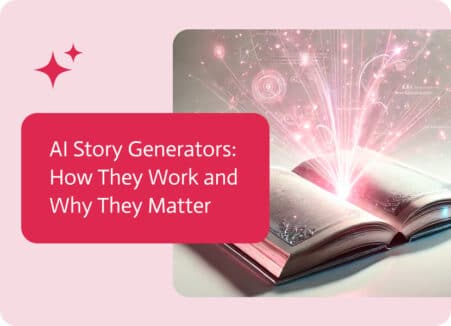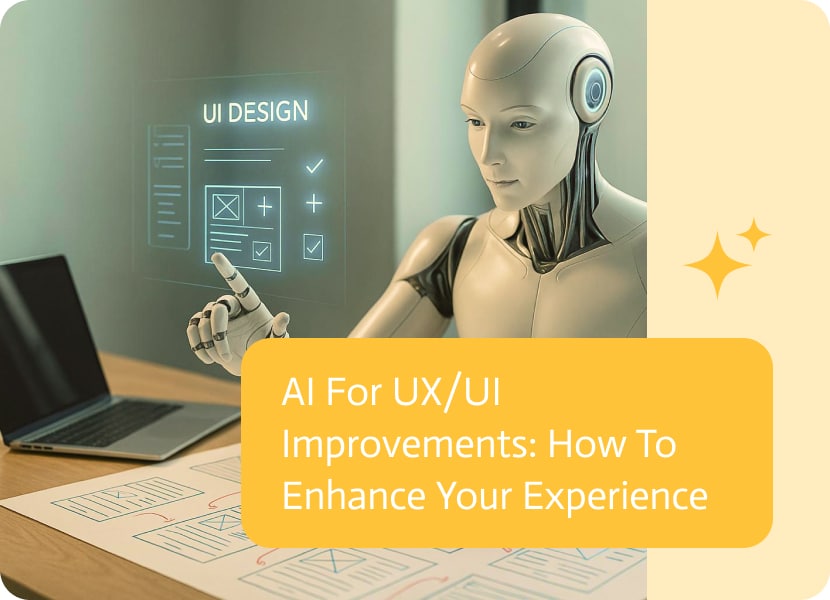

AI For UX/UI Improvements: How To Enhance Your Experience
So you’re thinking about creating a website, an app, a virtual storefront, or even a digital playground. Despite having well-planned colors, buttons, and flows, users aren’t staying on your site. It’s similar to hosting a party and having everyone disappear before the cake is cut. Then, like a superhero wearing a data cape, artificial intelligence (AI) waltzes in.
Incorporating smart technology into UX/UI design allows you to create experiences that give users a warm embrace rather than just making things look nice. With lots of examples and just enough humor to keep things interesting, let’s examine why this technology is essential.
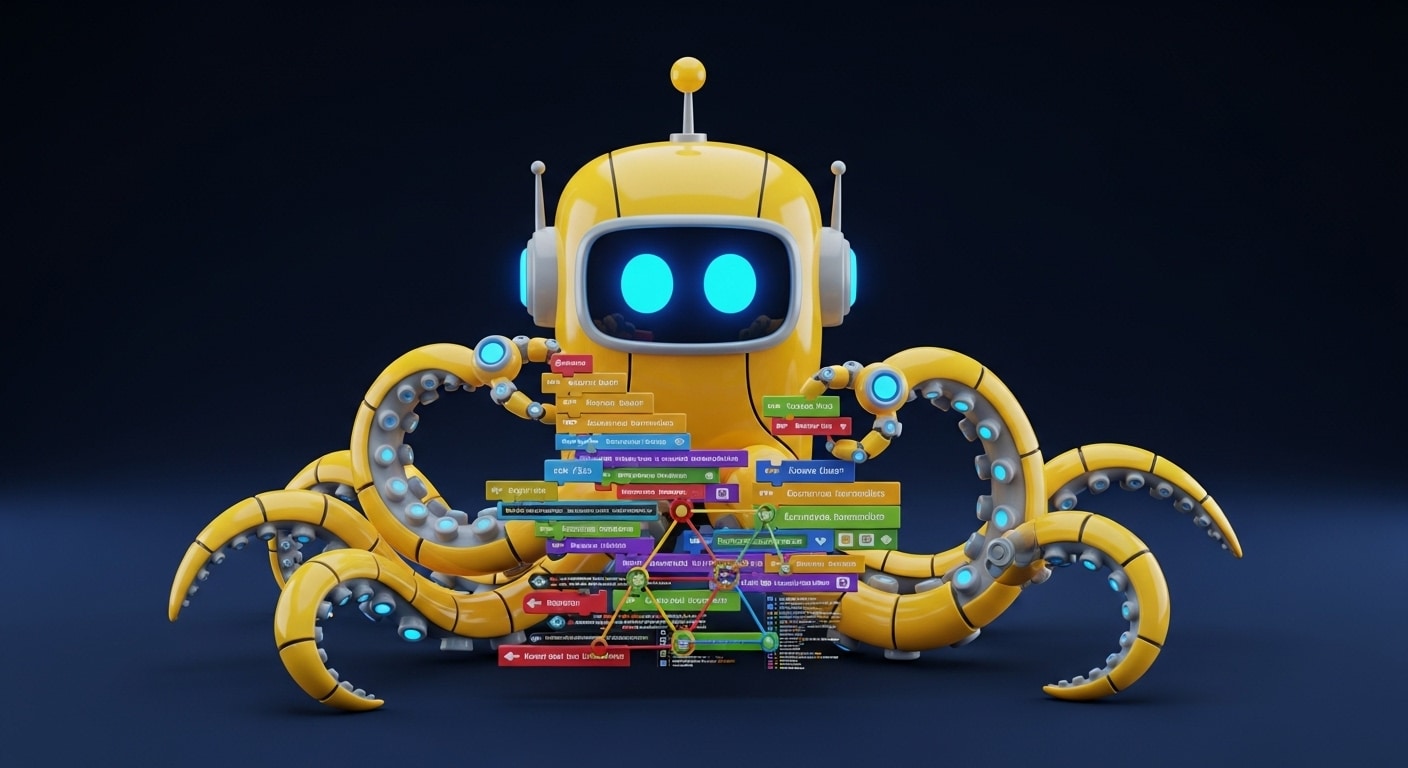
Understanding the UX/UI Puzzle
Let’s set the stage before we get to the exciting part. Think of ease, joy, and “Wow, this is intuitive!” when you think about user experience (UX). The design and interactive layer, or user interface (UI), is made up of the keys, fonts, and design elements that give your product a high-end appearance. They’re like peanut butter and jelly when combined: one is fantastic, but both together? Unstoppable. The catch? It takes a thorough understanding of users to master both, which is why using traditional design techniques can be like attempting to solve a Rubik’s Cube while wearing a blindfold. AI (or a neural network) is ready to help.
The Effect Of Machine Learning In UX/UI Design
Let’s answer the question: Why is AI the secret sauce for excellent UX/UI? It’s because AI integration helps in rethinking the UI in a way that makes users happy. Magic usually occurs when the following rules are adhered to lose guidelines check list:
1. Enhanced User Analysis
Wouldn’t it be nice if you could telepathically connect with your users? A well coded AI does basically the same effective thing. It can analyze massive data sets consisting of clicks, scrolls, durations, and mouse movement, to figure out what the users hate and what they love. AI tools such as heat maps (Hotjar or Crazy Egg) now feature smart analytics that show the exact places where users stick or get stalled.
Let’s say you are developing an e-commerce application. Powerful AI algorithms detects that 70% of users leave their shopping carts at the shipping cost page. But, it doesn’t stop there. It also suggests adjustments like providing better value captions that illustrate why users are being charged certain amounts or enhanced progress checks that help mentally simplify the checkout.
2. Personalization That Feels Like A Tailored Suit
No one likes a one-size-fits-all experience. Artificial intelligence allows for personalization of user experience, almost like tailoring it to fit a custom-made suit. User behavior, preferences, and even demographics can be analyzed to make real-time changes to the interface. Netflix’s recommendation engine is a classic example. Its algorithms not only suggest shows but also modify the user interface to spotlight genres you are likely to binge on.
In UI, this could mean changing button color to match user preferences or modifying navigation structure for different user types. A helpful fitness tracker may display an advanced workout log with detailed metrics to seasoned users but show beginners a simplified dashboard with basic motivational quotes. That same AI does everything for you and all you need to do is sit back and relax.
3. Amps Up A Designer’s Pace
To the designers, we adore you. But wireframe iterations are tedious and monotonous like painting the Sistine Chapel using a toothbrush. Figma’s AI plugins or Adobe’s Sensei are great examples of AI tools that are game changers by speeding up processes through automation of menial tasks. Need a dozen variations for buttons? Masters of the industry can draft them in mere seconds if designing is capped at thinking.
Also, AI helps in anticipating which designs are most likely to resonate with specific users. For instance, Uizard analyzes user mockups and suggests changes informed by design and user activity data. “Psst”, tells the crystal ball, “Rounded corners are in vogue and fonts below x-size trigger user aversion”.
4. Inclusivity: Engaging Everyone
Inclusivity implies that phenomena are universally applicable and especially important to underrepresented groups. Great UX/UI design does not only benefit the majority; accessibility for marginalized communities is crucial for all. AI is a rockstar when it comes to expanding user participation in digital spaces. Tools such as Microsoft’s Seeing AI or Google’s Lookout use image recognition to describe images and aid blind users. Simultaneously, your application can literally engage everyone using AI powered captioning, text-to-speech, or real-time subtitling.
For User Interfaces, AI suggests color contrasts that meet Web Content Accessibility Guidelines standards and even restructure designs for screen readers. Imagine having an accessibility adviser saying, “We can make this button easier to click for people with motor difficulties.”
5. Testing and Tweaking Without the Crying
A/B testing was once a painstaking method where you developed similar versions of a product and waited weeks to analyze the results. With AI, it’s as easy as one click. Companies such as Optimizely now AI-turbocharge multivariate tests to run at breakneck speeds, deciding which elements within a design (like a red versus blue button) keep users the busiest. Sip your coffee while scientists in lab coats run the gauntlet of experiments for you.
With AI simulating user journeys, it’s possible to prevent bugs before they become an issue. AI finds friction problems like check-out buttons that are too small from a mobile interface to be clickable, days before your app’s launch. It reduces angry emails, and increases the number of satisfied users.
Achievements of the Day: Practical Uses of AI
AI is effectively enhancing UX/UI. Let’s look at some applications.
Spotify’s Discover Weekly:
Do you even question how well Spotify detects your interests? Its AI analyses your music history, pairs it to countless others, and generates a playlist that feels like it’s curated by your closest buddy. The UI also adapts by showing album artwork or plays songs that fit your vibe.
Airbnb Search Experience:
Based on previous bookings and pricing, Airbnb’s AI makes great attempts to improve their search algorithm to prioritize listings. Even the general feel of the neighborhood is considered. The UI adjusts accordingly, showing large pictures for visual browsers or detailed maps for planners.
Duolingo Adaptive Learning:
This language app modifies lesson difficulty on a user’s progress with the help of AI. The adaptive UI changes on the user’s skill level—offering more aid to novices and harder challenges to experts, ensuring continuous engagement without being overwhelmed.
It is undeniable that these functionalities adapt with natural ease to respond to individual users. It is clear that modern UX aims to create the illusion that advanced technologies like AI are empathizing and understanding the needs of the users which is the essence of great UX.
The Fun Side: AI Keeps It Whimsical
We all know AI for its prowess in crunching numbers, but it has its fun side too. Playful elements can be infused in UX/UI AI chatbots with a persona, have you used one with a cheeky voice? That’s AI reading your tone, and responding with just the right measure of sass. Or take the design assistant from Canva’s Ai, which proposes layouts which are social media eye catchers. It is like having a friend who is always ready to help you think out loud.
Challenges? Sure, But We’re All Set
There is no heroes journey without obstacles. For smaller teams, AI incurs a big cost, and necessitates clean, diverse data to avoid issuing a bias (like only recommending action movies to every viewer). Reliance on AI also leads to uninspired designs; they feel dully pre-planned and nobody craves for an app that feels like mass production. The solution is simple: treat AI as a subordinate, not the manager, employing its info alongside human ingenuity.
Let’s Get Started: Your AI-Enhanced UX/UI Journey Begins Here
Excited to explore? Here’s where to infuse AI into the UX/UI framework:
Start with the Basics: Employ analytics tools, powered by AI like Google Analytics 4 or Amplitude to learn more about user behavior. They are easy to navigate, and rich with information.
Use AI Features: Implement AI tools in Figma, Sketch, or Canva to enhance your prototyping and receive design recommendations.
Test Like a Pro: Run user-centric AI tests with VWO or Optimizely.
Focus on Inclusivity: AI solutions such as AccessiBe will help ensure your designs are inclusive for all.
Stay with the Humans: Always validate AI recommendations with user feedback. While data is fantastic, people make the difference in UX.
What You Can Do with Noca AI for UX/UI:
- Generate UI from prompts: Just describe your screen or flow in simple terms, and Noca will create the interface and logic for you.
- Design user flows visually: The Flow Builder lets you set up interactions, validations, onboarding steps, and navigation without needing to code.
- Enhance with AI-generated assets: You can use tools like DALL·E or Midjourney to automatically create icons, images, or voiceovers for a better UI experience.
- Improve UX copy and personas: Write error messages, tooltips, and even come up with user personas or edge case analyses using prompts that are similar to GPT.
- Refine in real-time: Switch between prompts and visual editing to make quick changes to both design and functionality.
The Bright Side is Focused on Us
The more advanced AI gets, the more delightful UX/UI will become. Think of mood-based apps that change in real time or websites that know you so well, it feels like home. Embracing AI means you’re not just keeping pace, you’re enabling the future of experiences designed to delight, enhance user engagement, and promote loyalty.
So, next time you’re rethinking a user journey or adjusting a button, count on AI as your co-pilot. Creativity will be championed, and your designs will go beyond functional to lovable. Want to elevate user experience to heart-stopping? With AI, it’s all systems go.
